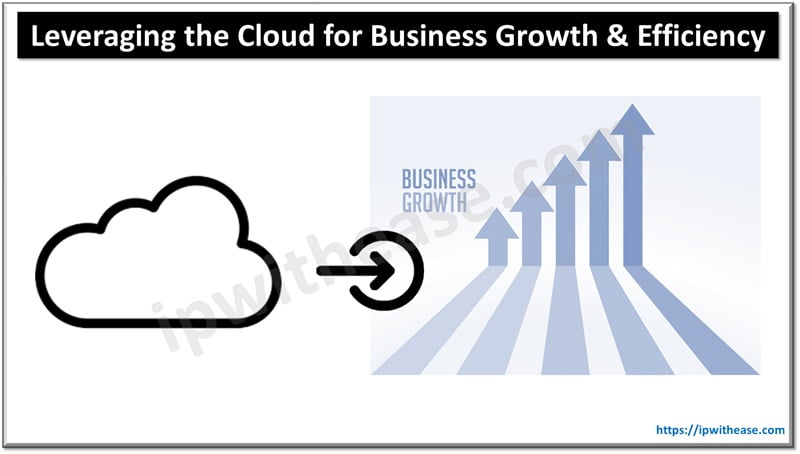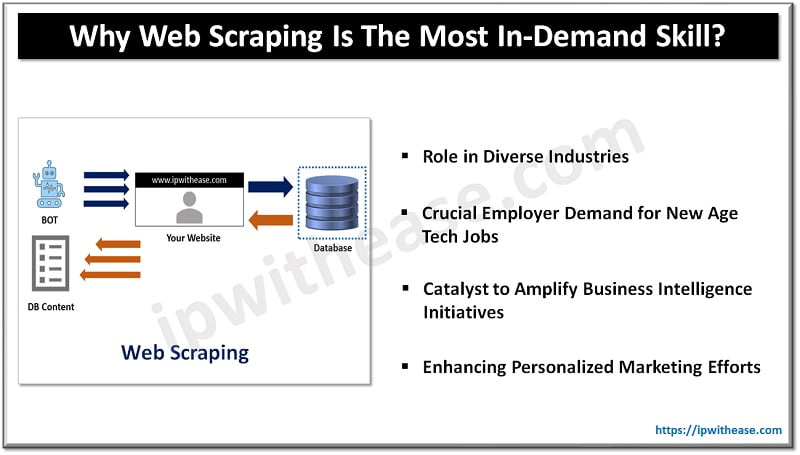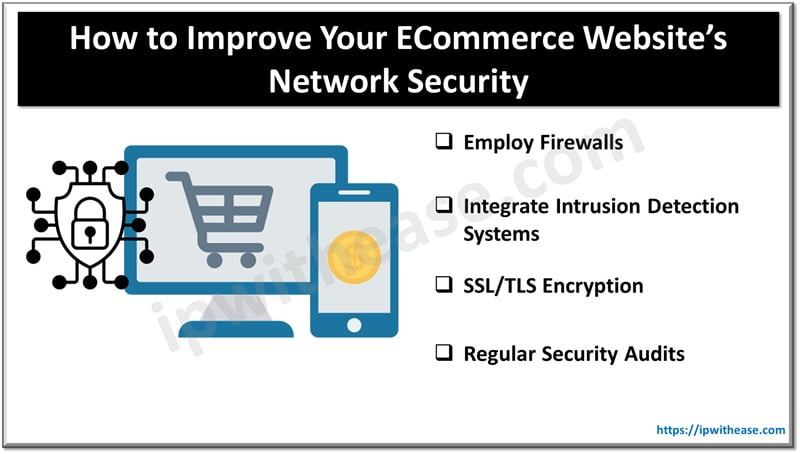Table of Contents
Advanced website development is more than just aesthetics and functionality. An integrated approach takes into account user experience, performance, security, and scalability.
In 2024, web development is characterized by a focus on seamless user experiences across various devices. Speed, accessibility, and innovation are key components of a successful website.
Website Development Strategies

Responsive Web Design (RWD)
You can’t build a successful website without using responsive web design practices.
One of the key aspects of RWD is its ability to ensure that websites look good and work effectively on different devices, such as desktops, laptops, tablets, and smartphones.
Responsive web design uses fluid grids, flexible images, and CSS media queries to adjust the layout and content based on screen size and orientation.
This approach ensures websites provide a consistent and optimized user experience on any device.
Users no longer encounter distorted layouts, tiny text, or inaccessible menus on smaller screens. Instead, they enjoy a user-friendly interface tailored to their specific device, resulting in higher engagement and satisfaction.
In the past, developers often had to maintain separate versions of websites for desktop and mobile users, leading to increased complexity and maintenance efforts.
RWD eliminates this need by creating a single, adaptable website that functions well across all devices. This streamlined approach reduces development time, minimizes potential errors, and makes ongoing maintenance more efficient.
Progressive Web Apps (PWAs)
Progressive Web Apps combine the best features of websites and mobile apps.
They offer fast loading times, offline capabilities, and an app-like experience. PWAs are designed to work across different devices, increasing user engagement and satisfaction.
Starbucks app is a well-known Progressive Web App. It works on your phone even without good internet.
You can browse the menu, customize and order drinks, and receive notifications when your order is ready or for special offers. It’s fast and can be saved to your home screen for quick access, like an app.
Plus, it connects with Starbucks’ rewards program, so you can earn points and redeem rewards directly from the website. It’s an easy and convenient way to enjoy Starbucks on your phone anywhere you go.
Cross-Browser Compatibility
Websites must function well on different web browsers, such as Chrome, Firefox, Safari, and Edge, to ensure a smooth user experience.
Web developers use tools like BrowserStack or CrossBrowserTesting to make sure that the websites they build are performing well across different devices and browsers.
They ensure that layout, functionality, and performance remain consistent regardless of the browser used by the visitor.
Mobile-First Development
Mobile-first development is an approach where websites are designed and optimized primarily for mobile devices before scaling up to larger screens.
Since the number of smartphone users with access to the internet is growing fast, this strategy emphasizes mobile usability and performance.
For instance, Instagram initially focused on its mobile app, optimizing the user experience for smartphones.
Later, they adapted the design for desktop users while maintaining the app’s mobile-friendly features.
Content Management Systems (CMS)
Content Management Systems are platforms like WordPress, Joomla, and Drupal that simplify website creation, content publishing, and management.
CMSs offer user-friendly interfaces and plugins/extensions for customizing websites without extensive coding.
The WordPress platform can be used to build and manage a website for a small business, for example. They can easily choose a domain name they want, add new pages, update content, and install plugins for additional functionality without needing technical expertise.
Application Programming Interfaces (APIs)
Application Programming Interfaces allow developers to integrate third-party services and data into their websites or applications.
Different systems can communicate seamlessly thanks to APIs, which define how software components should interact.
Google Maps API enables developers to embed interactive maps with custom markers and overlays into their websites. E-commerce websites often use payment APIs (e.g., Stripe, PayPal) to securely process transactions.
Related: API vs CLI
Single Page Applications (SPAs)
Single Page Applications load dynamically and update content without full page reloads, providing a smoother and more responsive user experience similar to native apps. SPAs use frameworks like React, Angular, or Vue.js.
Gmail is a well-known single-page application. Users can navigate between emails, compose messages, and perform actions without waiting for separate page loads.
Search Engine Optimization (SEO)
An SEO strategy aims to increase a website’s web visibility and search engine ranking.
It involves optimizing content, meta tags, and page speed, along with other aspects that influence your website traffic and enhance user experience.
Here’s a simple example of how SEO works. A local bakery optimizes its website with relevant keywords (e.g., “freshly baked pastries in [city]”) to be the first in the Google search when someone looks for bakery products in their area.
It is important to note that search engines favor responsive websites because they offer improved UX and are easier to crawl and index. In fact, Google’s algorithms prioritize mobile-friendly websites in mobile search results, positively impacting a site’s overall search engine ranking and visibility.
That is why SEO should be included in your website development costs calculation, along with other marketing efforts like content creation and link building.

Continuous Integration and Deployment (CI/CD)
Continuous Integration and Deployment automate the processes of code testing, integration, and deployment.
Through CI/CD pipelines, code changes can be tested and deployed faster and more reliably, improving overall code quality.
A software development team can use Jenkins or GitLab CI/CD pipelines to automatically run unit tests, conduct code reviews, and deploy changes to a staging or production environment whenever code is committed to the repository.
Conclusion
In 2024, creating advanced websites requires using modern technologies and focusing on user experience, performance, and security.
The advanced development strategies we’ve mentioned in this article can help developers build and manage websites efficiently. These tools include code editors, testing platforms, deployment systems, and performance monitoring tools.
ABOUT THE AUTHOR
IPwithease is aimed at sharing knowledge across varied domains like Network, Security, Virtualization, Software, Wireless, etc.



